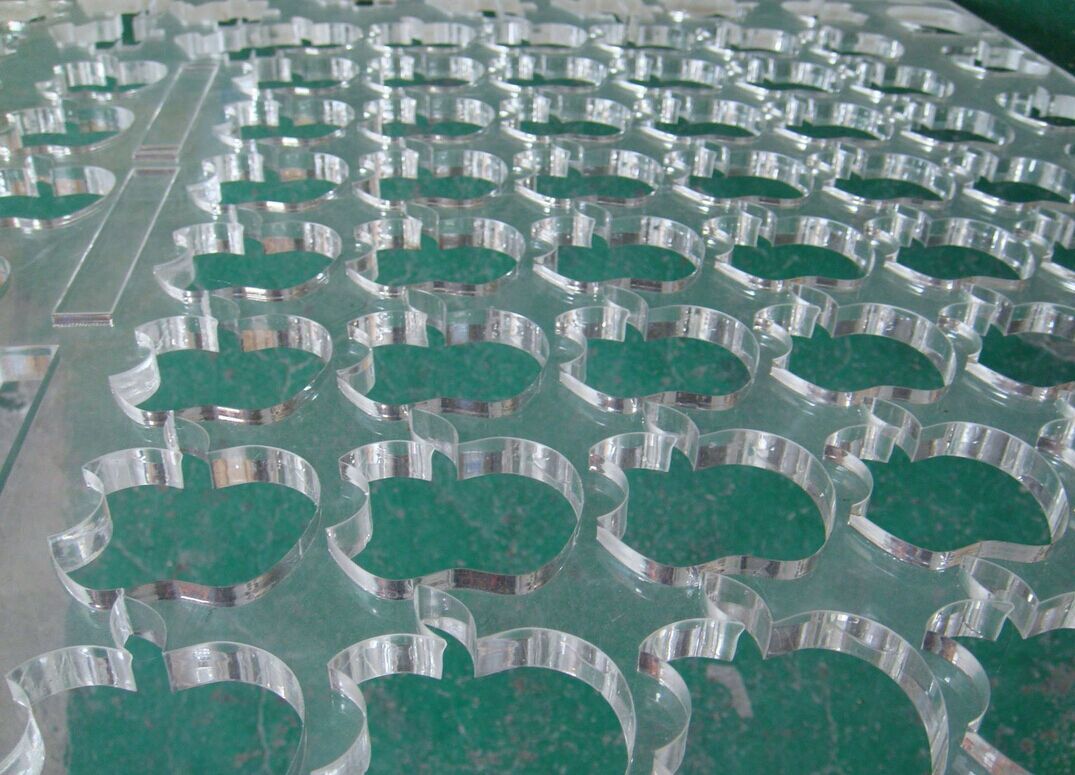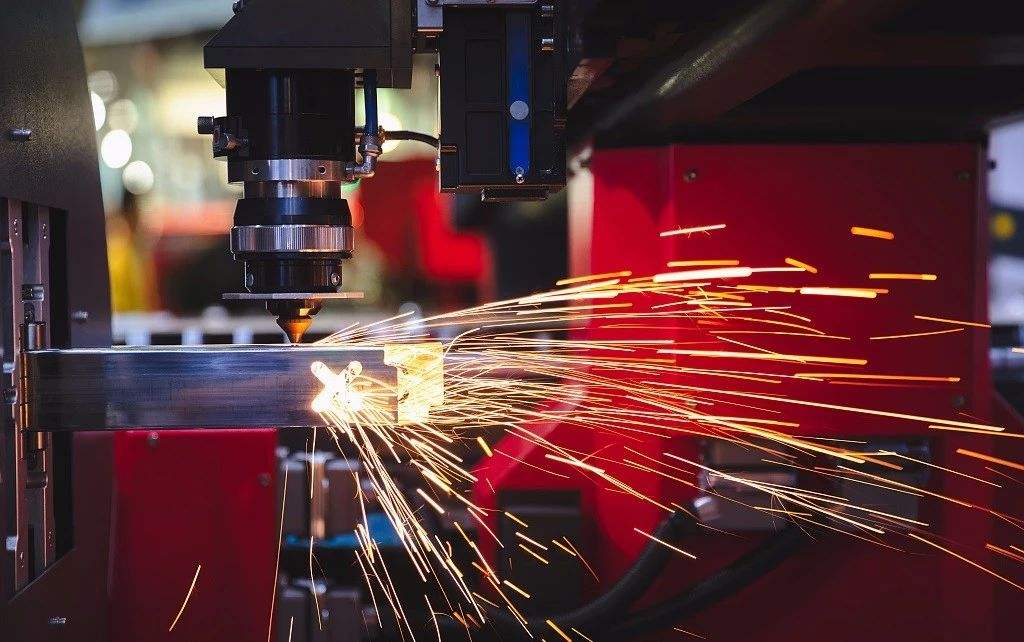
Laser marking and segmentation
Unlike conventional mechanical cutting tools, laser beam energy cuts through glass in a contactless way.This energy heats a specified part of the workpiece to a predefined temperature.This rapid heating process is followed by rapid cooling, resulting in a vertical stress zone within the glass, in which a crack occurs without debris or cracks.Because cracks are caused by heat and not mechanical causes, there is no debris or microcracks.Therefore, the intensity of laser cutting edge is stronger than that of traditional cutting and segmentation methods.The need for finishing is also reduced or not required at all.In addition, the appearance of broken glass can be completely avoided.
In the case of laser engraving, the heating of the laser beam and the subsequent cooling process result in a depth of about 10mm (about 10% of the glass thickness) on the surface of the glass.The glass can then be separated in the direction of the cut.Because the technique does not produce any broken glass, the burr and low strength that are common at cutting edges are avoided, and subsequent polishing and polishing processes are no longer required.What's more, the glass processed by this method is up to three times more shatterproof than glass cut by traditional methods.For glass with a thickness of 5mm to 1mm, it is possible to cut the whole in one step.Segmentation and subsequent polishing, polishing and flushing are no longer required.The strength of the cutting edge can be measured by a standardized four-point bending test.A piece of glass is attached to two rollers, and the upper surface of the glass is used by two rollers to generate the required bending force, under which the glass can split in two.The test was repeated about 100 times to get the appropriate reliable statistics about the likelihood of segmentation.
In most cases, laser marking and cutting are options for bulk processing.Its advantages are high processing speed, high precision, and simple parameter setting.However, when cutting many different lines and processing time is sufficient, integral cutting is a more attractive method due to its dry cooling and no additional cutting steps.In both cases, high quality cutting edges are produced.It can be seen that if laser cutting glass is used, it can save time and improve the processing quality.

Laser cutting glass technology applications
It is not easy to transfer a new and mature technology to a high-volume production line for processing high-tech products.From the customer's perspective, before implementation, the technology must be an automated, reliable solution that is not only fully proven but also economical.In practice, the application of innovative technologies is only effective in two situations: the introduction of new products requires new production methods to achieve innovative features or to reduce production costs by reducing processing steps, or the existing production meets economic pressure and needs huge improvement of production methods to alleviate.
In the flat-panel display industry, it took five years for laser cutting technology to find its place on the production line, after thousands of hours of validation on many processing lines.It is now generally considered to be used in the manufacture of new products that are at risk of glass breaking, or in the electronics industry in the manufacture of telecommunications and mobile products that contain glass, or in other products that contain thin glass fragile components, such as sensors, touchpads or glass casings.
The processing is usually done in a clean room, as in the biochemical industry, because these are very sensitive to particles generated by traditional cutting or grinding steps.For example, substrate material covered with DNA code (biochemical barcode) or material cut into pieces by laser for product testing.The next most promising applications for laser cutting technology will be solar and automotive.
Just as laser technology has developed in the metal processing industry over the years, laser cutting technology for glass processing will continue to develop;This technology will be widely used in the processing of different products instead of the traditional means.However, traditional glass processing methods will continue to play an important role in the processing of most glass products in the future. Generally speaking, the processing quality of cutting edges is not very high in these applications.
Laser shape cutting is an innovative technology that will find a place in the electronics, automotive or construction industries.In addition to laser-cut glass, many other methods of laser-cut glass are under further development and testing, such as drilling, chamfering, and coating removal.These processes require different kinds of lasers, such as green lasers.

● Heavy duty ATC CNC router with horizontal spindle AKM2030C
● High quality AKJ1530 CO2 laser cutting machine
● Buy a better 5 axis cnc router machine for your shop
● The applicable scope of laser cutting machine
● Application and selection of laser cutting machine
● Principle and technology of laser cutting glass
● How to choose a cnc router
● How to deal with soot in laser cutting and the application field of laser cutting
● Acctek exhibition footprint
● ATC CNC Router with a horizontal spindle
Get a Free Quote Now!
Jinan AccTek Machinery Co.,Ltd
Headquarters:3-1007, Minghu Plaza, No. 777 Minghu West Street,Jinan City
Branch:A3-4-905, Hanyu Jingu, High-tech Zone, Jinan City
Factory:No. 3 Zone A, Lunzhen Industrial Zone,Yucheng City , Shandong Province( Postal code 251200)
Email:sales@acctekgroup.com
tel:+8653186160023
video | Blog Center | Events and Support
Copyright © Jinan AccTek Machinery Co.,Ltd | XML MAP